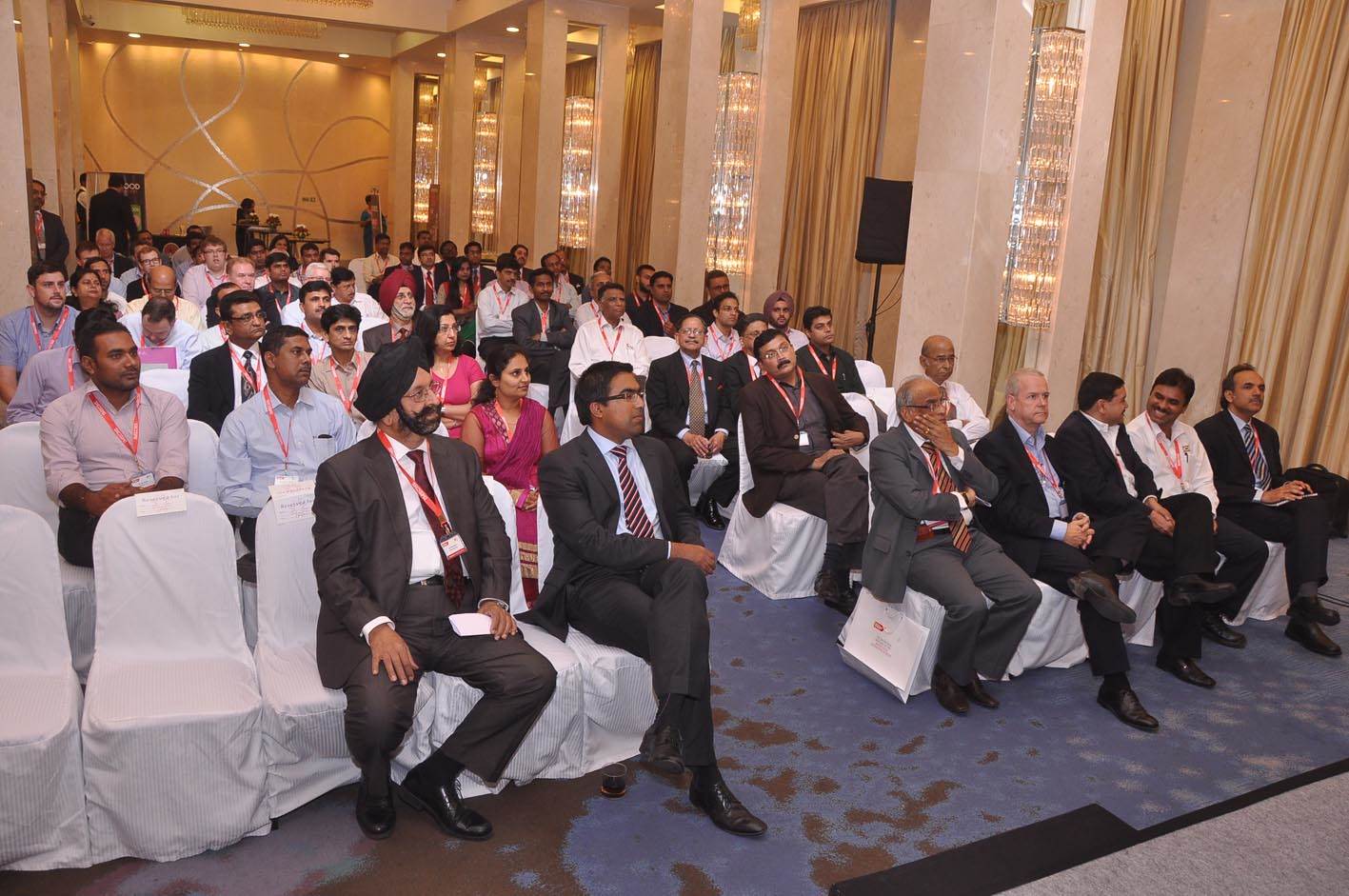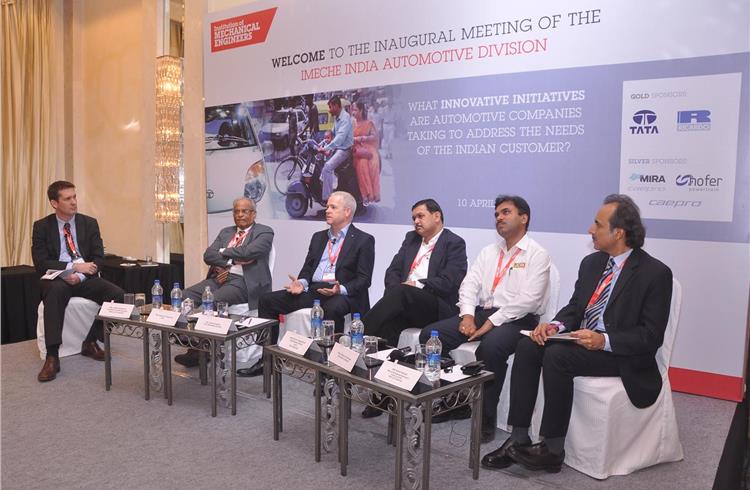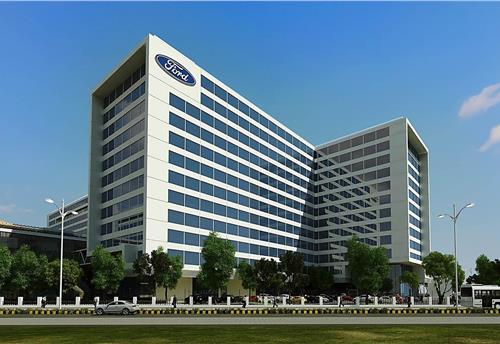IMechE hosts inaugural meet of India Automotive Division
The UK-based Institution of Mechanical Engineers (IMechE), which had established its India branch in 2008, held its inaugural meeting in Pune on April 10.
The UK-based Institution of Mechanical Engineers (IMechE), which had established its India branch in 2008, held its inaugural meeting in Pune on April 10.
Organised by MIRA-Caepro, a vehicle engineering service provider, the event was attended by Dr Tim Leverton, head, advanced and product engineering, Tata Motors; Shrikant Marathe, director, The Automotive Research Association of India (ARAI); Kiran Vairagkar, senior general manager, engineering, Mahindra Trucks and Buses; Hemant Divekar, general manager, advanced engineering, JCB India; and Rajiv Bajaj, principal, Roland Berger Strategy Consultants (who were also in the panel discussion) along with their respective teams and other members of the institute.
In his welcome address, Kumar Iyer, British Deputy High Commissioner, Mumbai and director general, UK Trade & Investment (UKTI), India spoke about the relevance of creating and sharing the knowledge to provide government, businesses, students and the public with fresh thinking and guidance on all aspects of mechanical engineering through such events and the IMechE.
According to the organisation data, at present the India branch of IMechE has over 2,100 members, who work together to engage local engineers (members as well as non-members) to come on one platform to share their knowledge and to support their professional development and skills.

OEMs talk innovation
Discussing the innovative initiatives taken up by automotive OEMs to cater to the needs of Indian customers, the panel jointly agreed that it is necessary to understand customer demands and aspirations. Taking the lead, Dr Leverton said that “India has the most extraordinary demand for value than any other market. We need to understand our customers, their aspirations and we should be able to differentiate our products with that of our competitors.”
Substantiating Dr Leverton’s thoughts, Roland Berger’s Rajiv Bajaj Bajaj said: “Understanding the customer defines the scope of innovation in this market.” Sharing an example of Renault India, he disclosed that before launching the popular Duster SUV in India, the French company had the members of its design team live with a couple of Indian families for a period of three months to daily analyse and understand their perception of cars, valuable takeaways and key aspirations.
Highlighting a peculiar on-ground application of vehicles in India as the source of innovation, JCB India’s Hemant Divekar cited that “tractors in India usually pull overloaded trailor(s), which are not equipped with brakes. Hence manufacturers are required to observe, anticipate and equip these tractors with brakes, which should be powerful enough to stop not only the tractor, but also the overloaded trailors attached to it safely.”
Disclosing an innovative practice followed at JCB India, he added that the company prepares multiple prototypes of a product and circulates them to its customers, who put these products at work to iron out possible shortcomings and improvise with their feedbacks. The product is finalised for mass production only after all parameters are checked and feedbacks are incorporated.
Citing a similar example, Vairagkar said, “Vehicle makers in India are not supposed to provide the load carriers on a vehicle’s roof by law as it is unsafe (loading on the roof causes threat of disfiguring of the B-pillar in most cases thereby harming the safety dynamics of the vehicle). However, drivers and families usually get these load carriers fitted onto their vehicles externally. Hence, OEMs have to anticipate such uninvited applications and needs and design their vehicles accordingly specially in India.”
Picking up on emissions and safety as two important aspects, Bajaj underlined that legislations in India will define the gamut of innovations in the near future.
“Particularly in the area of safety, which involves the concern of all three stakeholders – government, OEMs and the users, while innovations are critical, it is important to educate end-users with the benefits of basic features such as seatbelts, ABS, airbags, start-stop systems and many others useful applications. All three stakeholders have a big role to play in the times to come,” added Marathe, who gave a different dimension to the discussion.
Jugaad innovation
While India’s jugaad innovation is almost a globally recognised terminology in the automotive industry, the panel differentiated it with the basic connotation of frugal engineering. The experts were of the opinion that jugaad underlines the creation of a temporary solution to address the problem / need and is not sustainable in practice.
Frugal engineering, on the other hand, is an unconventional / alternate methodology of creating solutions wherein the processes are sustainable and can be widely implemented without compromising on any aspect of the production mechanism.
Highlighting value engineering, Dr Leverton gave examples of the Maruti Celerio (with AMT gearbox) and Mahindra XUV500 as successful products in recent times which are well conceived by end users for their respective value propositions.
Explaining the relevance of the event to Autocar Professional, John Roebuck, managing director, MIRA-Caepro India, said, “The main agenda of the event was to shout that the institute (IMechE) exists here. We look forward to increase the number of members in India. In fact, that is happening with an accelerating pace and companies such as Tata Motors are in the vanguard of that. Going forward, we want to organise such events / meetings in Delhi, Chennai to provide a platform to engineers working in the automotive domain to network with each other, share information and insight and benefit each other, not just only in their respective professions but also in their interests and skill sets. For instance a simple example can be of a graduate engineer with a great idea getting a platform to meet the industry heads.”
RELATED ARTICLES
Uniproducts India targets 15% growth till FY2027, eyes new EV OEMs for NVH parts
The Noida-headquartered company, which is a leading manufacturer of roof liners, floor carpets, sound insulation materia...
Ford to build more EV software capability at Chennai tech hub
Ford Business Solutions India, which currently employs 12,000 personnel set to add 3,000 more; Ford, which is known to b...
ASK Automotive to set up JV with Aisin to sell aftermarket parts for cars
Ask Automotive will have 51% of the equity of the joint venture to be set up with Aisin Asia (Thailand) Company and Aisi...





 14 Apr 2014
14 Apr 2014
 3762 Views
3762 Views





 Autocar Pro News Desk
Autocar Pro News Desk




